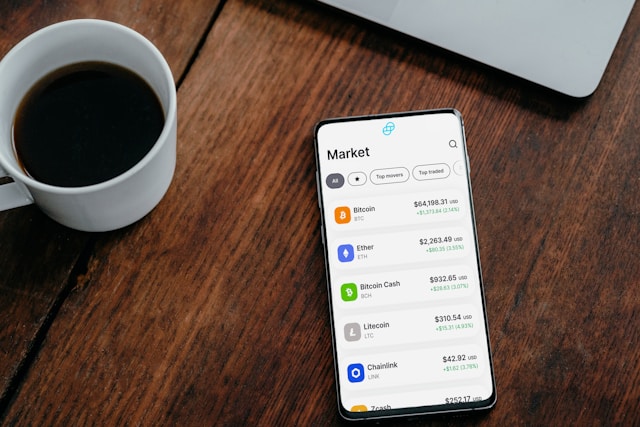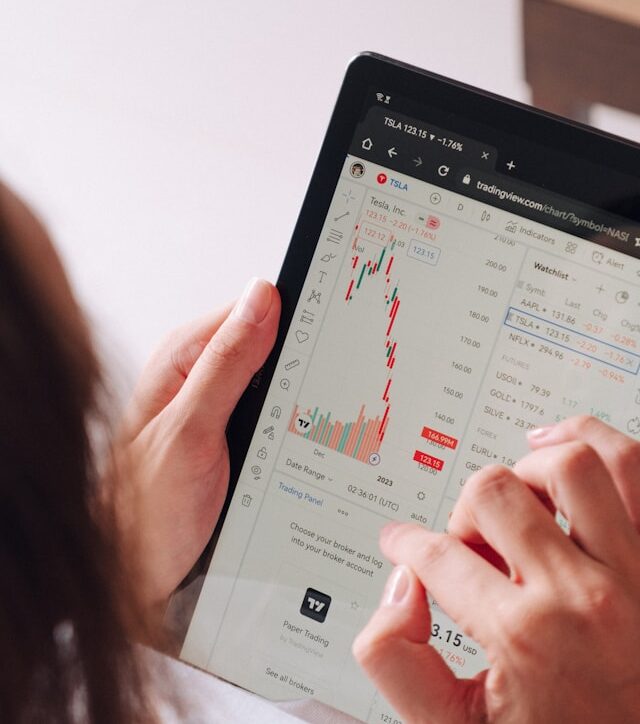Physical Address
304 North Cardinal St.
Dorchester Center, MA 02124
Prop trading has emerged as a go-to for traders looking to leverage more substantial capital without risking their own funds. But how do prop firms make money? In this article, we’ll dive deep into the mechanics behind how Forex prop firms generate revenue. Newsflash, its in 7 different ways!

One of the primary ways Forex prop firms make money is through profit sharing with successful traders. This model is mutually beneficial, as traders keep a substantial percentage of their profits (usually ranging from 70% to 90%), while the firm retains the remaining share.
Key Insight: This strategy relies heavily on the firm’s ability to identify skilled traders during the evaluation process and manage risk effectively through drawdown limits and trading restrictions.
Before a trader can gain access to a funded account, they must typically undergo an evaluation process. Forex prop firms often charge traders a fee for this challenge. These fees can vary depending on the account size or difficulty of the evaluation, and they can be a major source of income for the firm.
Key Insight: While these fees may seem relatively small per individual, when multiplied across hundreds or thousands of traders, they provide a consistent revenue stream for the firm. Before choosing a prop firm, ensure the evaluation fees reasonable and are within industry standard – just in case you need a second take.

Prop firms employ rigorous risk management protocols to protect their capital. These rules include daily drawdown limits, overall account drawdown limits, and strict prohibitions on risky behaviors like over-leveraging or trading around major news events.
Key Insight: These drawdown rules not only protect the firm’s capital but also help it maintain profitability by limiting its losses while collecting recurring evaluation fees from traders who breach the rules.
A lesser-known yet vital revenue source for Forex prop firms is their ability to analyze the vast amounts of data generated by their traders. This data can be used in several ways:
Key Insight: While traders are actively trading on demo accounts, the firm can leverage their actions to create new revenue streams through automated trading systems or hedge positions.
Many prop firms operate with partnerships with brokers or liquidity providers, which allows them to earn commissions on trades executed by their funded traders.
Key Insight: Forex prop firms diversify their revenue model by incorporating commissions from their brokerage partners and offering value-added services to their traders.
Many Forex prop firms implement monthly subscription fees as an additional source of recurring income. This model is often applied after a trader has successfully passed the initial challenge and received a funded account. These fees help cover operational costs while providing traders with continued access to their accounts.
Key Insight: The monthly subscription model ensures that prop firms maintain a recurring revenue stream, which is particularly useful for balancing out periods when trading profits may be lower.
Sophisticated prop firms employ advanced monitoring systems to track trader performance, evaluate risk, and, in some cases, replicate trades from their most successful participants. This allows the firm to maximize profits from traders who demonstrate consistent success.
Key Insight: Monitoring software and copy trading mechanisms enable prop firms to optimize their revenue by leveraging top-performing traders while minimizing capital exposure
In summary, Forex prop firms operate on a complex and diversified business model. They generate revenue through a combination of profit sharing from successful traders, evaluation and reset fees, and brokerage commissions. By implementing stringent risk management practices, prop firms can protect their capital while maximizing their chances of profiting from successful traders. Additionally, leveraging trader data to develop proprietary strategies and offering educational tools further expands their revenue streams. Understanding this revenue structure gives you valuable insight into how these firms operate—and why joining one might be a lucrative option for skilled traders.
Proprietary trading firms use their own capital to execute trades in various financial markets. Traders, known as prop traders, trade on behalf of the firm and earn a percentage of the profits through a profit split model, while the firm retains the rest. The firm provides access to capital, platforms, and risk management tools
Prop firms earn money through a mix of profit-sharing from successful traders, evaluation fees, and monthly subscriptions. They also generate income from commissions on trades and may profit from copying successful traders’ strategies
Prop trading firms can earn millions annually, depending on the number of traders, evaluation fees, and trading profits. Their diversified revenue streams from trading commissions, fees, and profit splits ensure stable and substantial earnings
Yes, most prop firms start traders with demo accounts during the evaluation phase. Once traders pass, they transition to live trading accounts with real money, although some firms claim to use real money during evaluations under specific conditions
Prop firm traders typically keep 70-90% of the profits they generate, with the firm taking the rest. Earnings vary widely based on performance, with top traders potentially making thousands per month